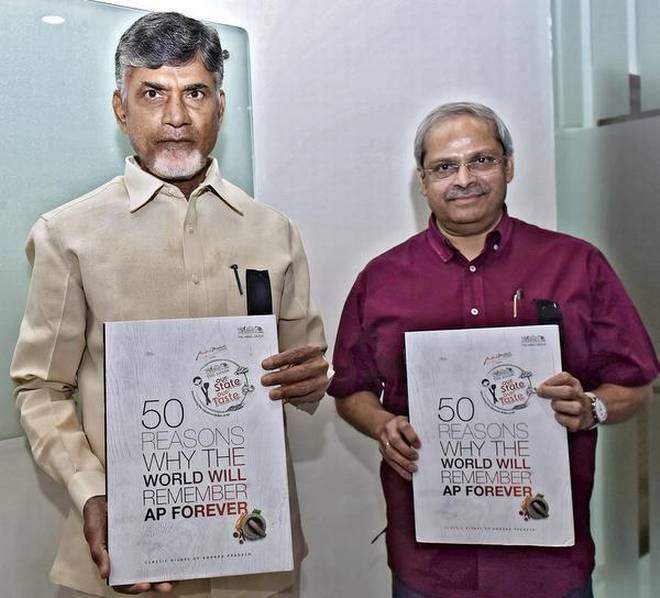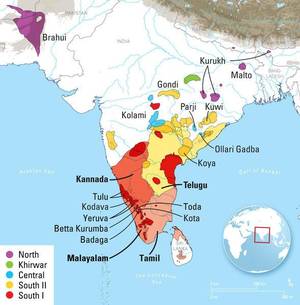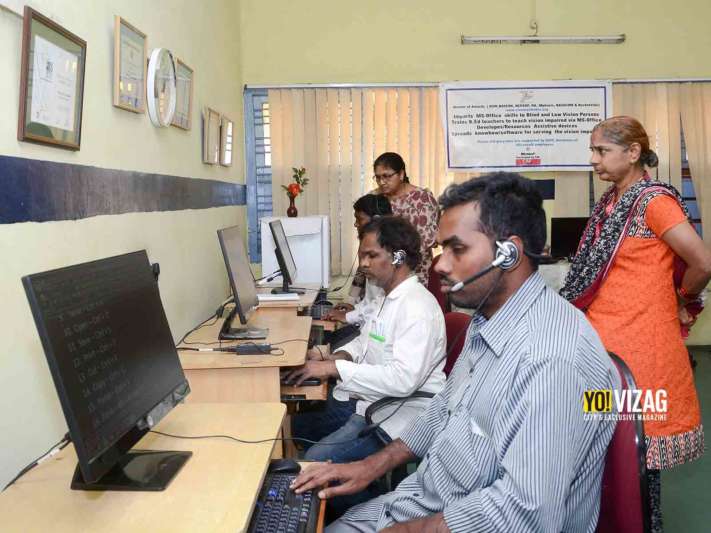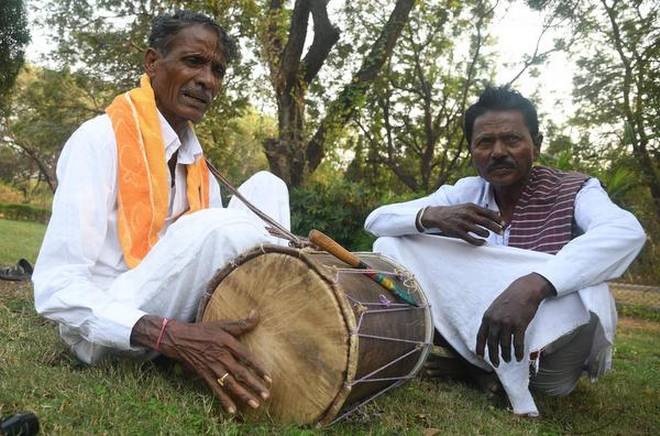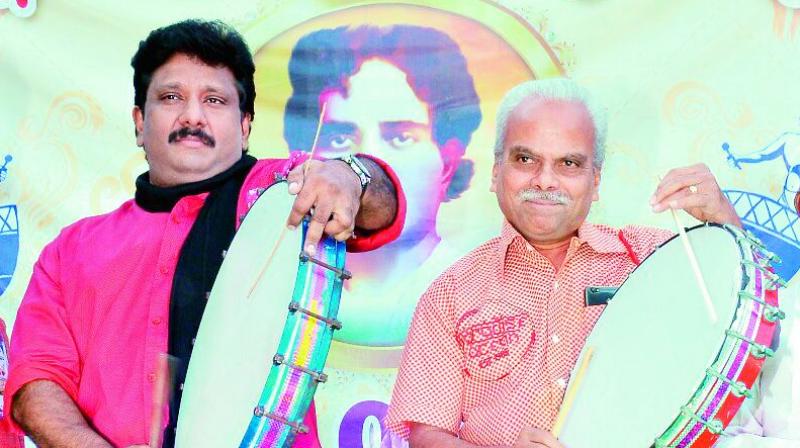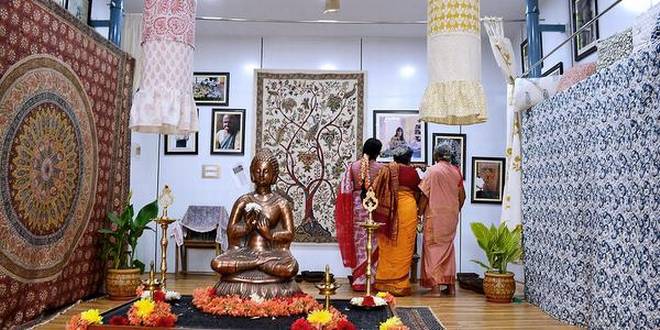
It has three galleries; traces link with Dutch and British
Former Union Minister for Textiles K. Sambasiva Rao and Professor N. Sridharan, School of Planning and Architecture, Bhopal, on Saturday inaugurated the ‘Kalamkari art museum’ here. The museum, developed by Pedana-based Pitchuka Srinivas and his son Varun Kumar, traces the history of the art and displays the process of extraction of natural colours from various sources. The museum has three galleries — wooden blocks, natural colours and history — which establish the connection with the Dutch and the British.
President of India award recipient K. Gangadhar inaugurated the history gallery in which the “Tree of Life” design was on display along with the other older works done in Machilipatnam and Pedana. The art has been flourishing in Pedana since the 1970s having been introduced by Pitchuka Veera Subbaiah. Machilipatnam was known for the art before that.
Give up chemicals
Speaking to newsmen, Mr. Sambasiva Rao appealed to the production units to give up the practice of using chemicals and use the natural colours. “The units need to understand the demand for the products across the globe and attempt to explore the market instead of killing it with unnatural practices,” he said.
He lauded the efforts of Mr. Srinivas in developing the museum. Professor Sridharan opined that the museum would serve as an education centre of Kalamkari and was arguably the country’s first one dedicated to the art. Mr. Sridharan played an instrumental role in developing the museum by extending academic and research support to the artisans.
“The idea of coming up with the exclusive museum has been realised now. It is a result of my serious effort to keep it alive in its true format,” said Mr. Srinivas.
source: http://www.thehindu.com / The Hindu / Home> News> States> Andhra Pradesh / by Staff Reporter / Pedana (Krishna) – March 31st, 2018
